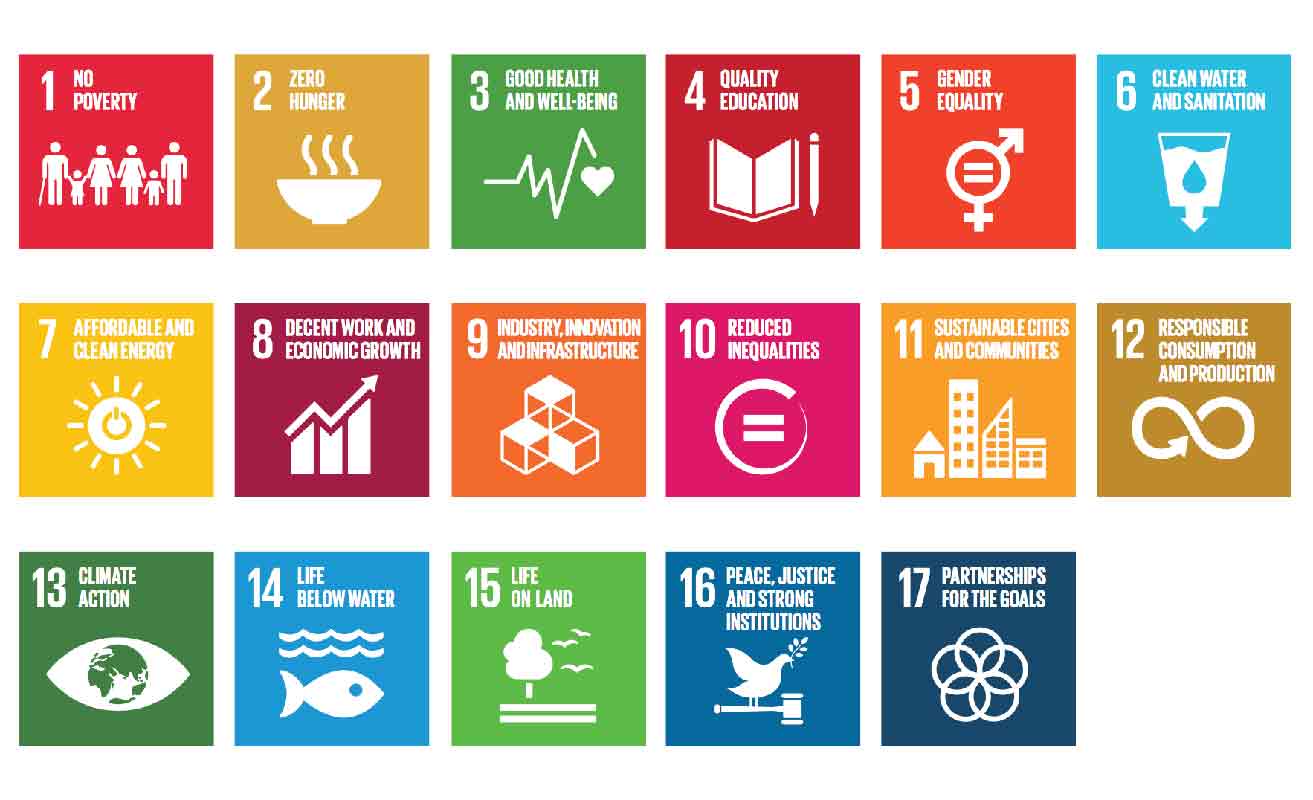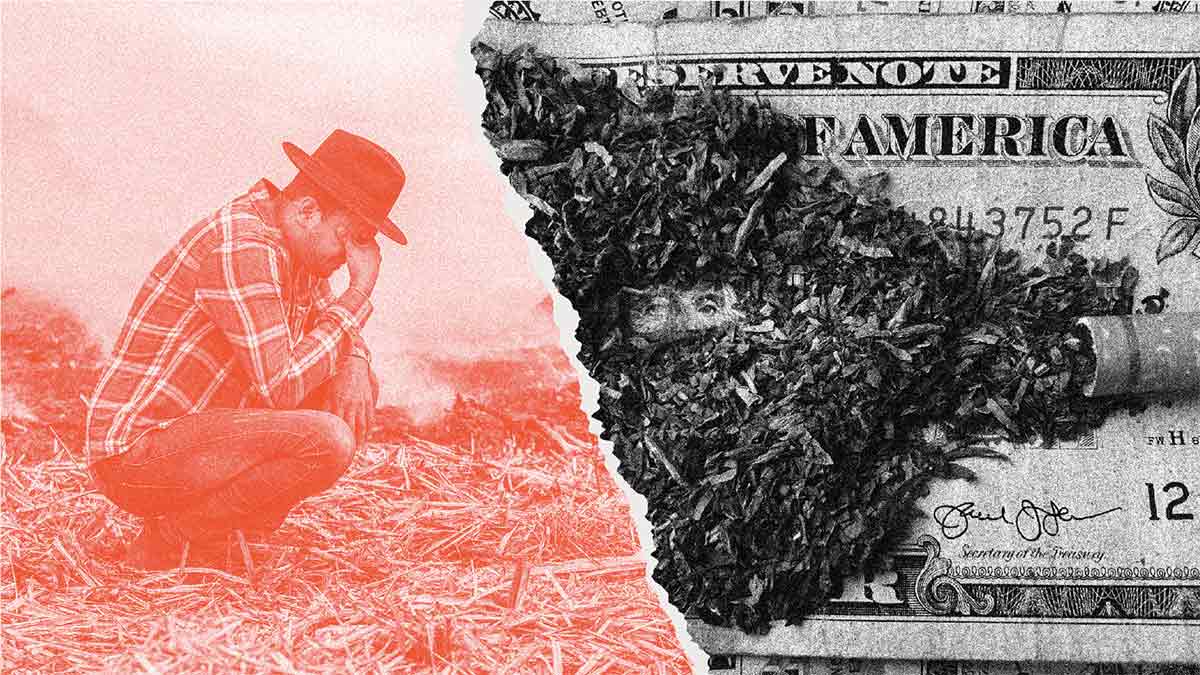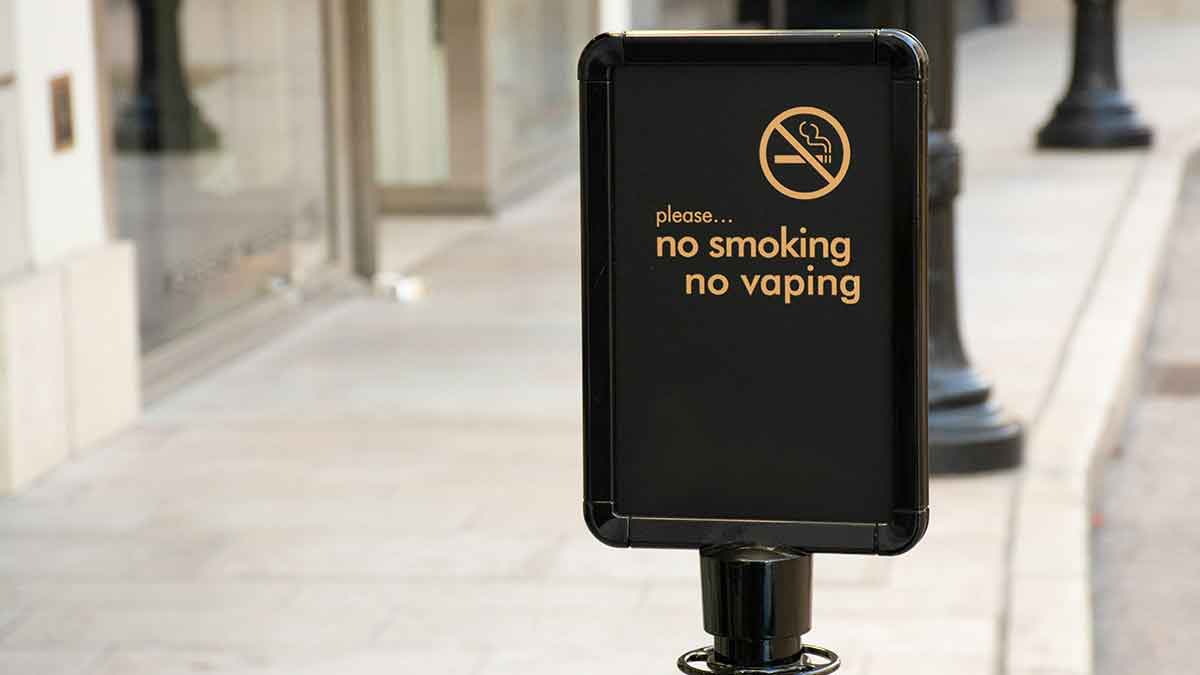- Resources
- News
-
-
Get Email Updates
Sign up for STOP's emails and never miss an update on our latest work and the tobacco industry's activity.
-
Get Funding
Ready to tackle industry interference? You could be eligible for a grant.
-
Share a Tip
Do you have information on tobacco industry misconduct in your country? Let us know.
-
Get Email Updates

In 2015, United Nations Member States collectively committed to 17 goals, known as the Sustainable Development Goals, or SDGs. The SDGs laid out ambitious targets for improving the health and lives of people and the planet by 2030. Actions to support the SDGs have yielded some promising results. Around the world, extreme poverty and child mortality rates are down, and renewable energy is on the rise. But in 2023, around the half-way mark, the UN released a sobering update: We’re not on track.
The SDG progress report showed that about half of the 140 targets laid out under the goals* were off-track, and 30% had seen no movement or had even deteriorated.
One of the barriers to achieving these important goals? Lack of financing. Fortunately, an effective solution to financing development already exists: increasing tobacco taxes. Maximizing this tool could help bridge this gap in financing, contribute to progress of the SDGs and improve global health.
Development is on the agenda, but can’t happen without funding
A recommendation for governments to use tobacco taxes to finance development was made in the Addis Ababa Action Agenda at the Third International Conference on Financing for Development in 2015. But as a recent UN report on development financing notes, only 41 countries have increased tobacco taxes to levels recommended by the World Health Organization. There has not yet been sufficient progress in implementing this recommendation.
In April 2024, UN Secretary General Antonio Guterres warned the Financing for Development Forum that “Financing is the fuel of development, yet many developing countries are running on empty. This is creating a sustainable development crisis.” In the Outcome Document for the meeting, participants “recognize that achieving the Sustainable Development Goals (SDGs) is intrinsically linked to the successful implementation of the Addis Ababa Action Agenda.”
If more countries implemented this recommendation, development projects could see new funding—and new progress.
Three ways tobacco taxes can accelerate development
1. Tobacco taxes help governments generate much-needed revenues and spend less.
When governments increase tobacco taxes, they earn more in tax revenues. This can happen directly, by collecting higher taxes from tobacco companies. It can also happen indirectly: When tax increases make tobacco less affordable, people quit or cut back, resulting in a healthier, more productive workforce that stimulates more economic activity and significantly increases tax revenues more broadly.
Higher tobacco taxes also decrease how much a government must spend on healthcare as a result of lower tobacco use. According to one literature review that examined 44 countries between 1990 and 2015, countries spent anywhere from 1.2% to 13% of their total health expenditures treating smoking-related illnesses. If tobacco taxes were raised by 10%, we’d see an estimated 4% reduction in tobacco consumption in high-income countries and a 5% reduction in low- and middle-income countries. This could translate into significant savings with respect to a government’s health expenditures. Higher taxes would generate even more reward.

Countries are using earmarked tobacco taxes to fund non-communicable disease programs, physical fitness and sport promotion and more.
2. Tobacco taxes can reduce poverty and inequity.
The UN has stated that eradicating poverty is “the greatest global challenge and an indispensable requirement for sustainable development.” Higher tobacco taxes can help address the problem of poverty in a number of ways. Tobacco use often severely strains household budgets, and that strain is felt most sharply in low-income households. The detrimental financial effects of tobacco use are experienced in several ways. Spending on tobacco products can keep some households from advancing economically, as money that could be used for essentials, like housing, healthy food and education, is diverted to tobacco. For example, in low-income households in Indonesia, where 71% of adult males used tobacco in 2020, cigarettes were the second-largest household expense after rice. Spending on healthcare for tobacco-related disease can further strain a household’s budget, as do wages lost to tobacco-attributable sickness. Additionally, when a household’s primary earner suffers a premature death due to tobacco use, a household may be left without an income, to say nothing of the devastating emotional impact of losing a family member.
More price-conscious consumers, such as youth or those with low incomes, are more responsive to tobacco price increases, and are thus more likely to quit or reduce their tobacco use. Higher tobacco prices due to taxes present a critical opportunity to break the cycle of tobacco use and poverty from continuing to the next generation.
3. Tobacco taxes can help fund development goals and programs like healthcare, tobacco use reduction programs and more.
Domestic resources are said to be central to sustainable development, and raising tobacco taxes can help shore up much-needed domestic resources—especially in low- and middle-income countries, where 80% of the world’s tobacco users live. Doing so can lead to significant returns. A study of six Asia-Pacific countries showed that for every unit of local currency invested in increasing tobacco taxes, countries would gain a return of between 20 and 1,057 units over 15 years.
Countries are already using tobacco taxes to fund domestic development. In the Philippines, for example, revenues from the country’s “sin tax” on tobacco has been used to help fund its universal healthcare program. Since its passage in 2012, the country’s sin taxes have raised billions of dollars, and by 2022, its health insurance program, PhilHealth, saw subsidies five times greater than in 2013. Other countries are using earmarked tobacco taxes to fund non-communicable disease programs, physical fitness and sport promotion and more.
Tobacco taxes can only help if they’re implemented effectively
Policymakers can design tobacco tax policies to increase their efficacy. To start, governments should raise tobacco taxes to meet WHO’s best practice recommendation of at least 75% of tobacco’s retail price, and should be prepared to make subsequent regular (e.g., annually) increases to keep tobacco less affordable relative to inflation and increasing wages.
Policymakers should also try to simplify tobacco tax structures. In countries with complicated tax tiers, where tobacco products are taxed differently based on a number of factors, tobacco companies can maneuver their products into lower tax categories and consumers can almost always find a cheaper substitute. Uniform tax structures tend to raise the price of all tobacco products and keep all prices generally higher.
Governments must also keep the industry out of policymaking to prevent it from influencing tax legislation in its favor, taking away the society-wide financial and health benefits.
Because tobacco taxes are shown to reduce tobacco use, the industry tries to delay or stop tax increases. It uses a number of tactics, from introducing cheaper brands to keep people hooked, to offering discounts to price-sensitive consumers, to changing a product so it falls in a lower tax category. Policymakers should be aware of these tactics and preemptively counter them in their legislation.
There’s no question that tobacco use harms development. It decreases productivity, takes people out of the workforce prematurely, exacerbates poverty and inequity and incurs large economic costs for individuals and governments.
With development funding discussions happening on the global stage, in the lead up to the Fourth International Conference on Financing for Development in 2025, we have an opportunity to encourage the implementation of this important tool. Increasing tobacco taxes and earmarking those funds for development will not only improve health, but help us get closer to achieving more of these important sustainable development targets.
*for which data is available




